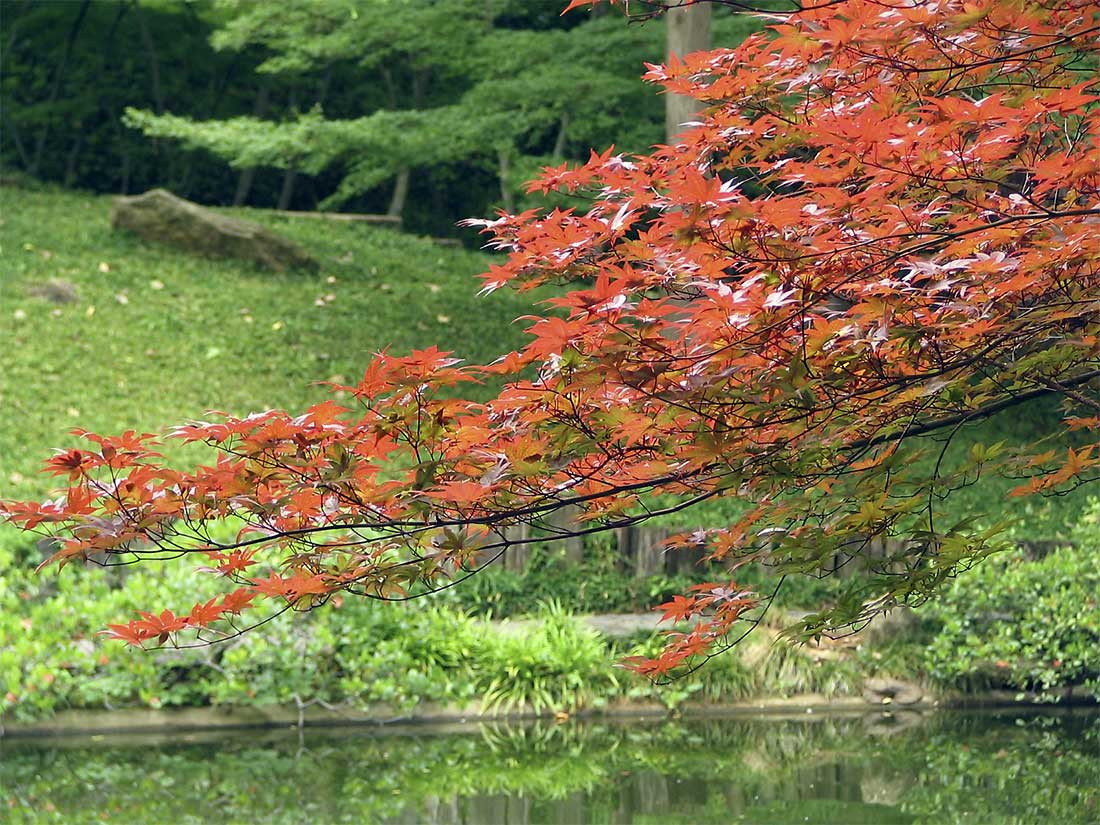
By and large, annuals are resilient plants that tolerate a wide range of growing conditions. But some have preferences for more or less sun, and these specialists allow you to dress up such areas for maximum impact.
Planting in the sun
Full-on, warm sunshine inspires many annuals to grow robustly and generate loads of flowers. You can always tell if a sun-loving annual isn’t getting enough light, because its stems become leggy and lean toward the light source, and flower production is disappointing. So let them have it! How much is enough? Six to eight hours a day suits most. My favorite annuals for sun include cosmos, nasturtiums, zinnias, marigolds, and cornflower.
Planting in the shade
Banish gloom in your yard’s dim and tree-shaded areas with shade-loving annuals. Plenty do just fine in shade. Indeed, their flowers last longer without the stress of the sun beating down on them. White and yellow flowers really add sparkle, individually or massed. My favorite annuals for shade include tuberous and fibrous begonias, impatiens, and torenia. If your shade areas have poor soil or are laced with tree and shrub roots, don’t despair. Instead, just display the plants in pots, setting them here and there or in clusters. Or dig holes in the ground and stick the plants — pots and all — in the hole. Doing so makes changing them out easy, too. (A clever idea: Hook hanging baskets over tree branches and fill them with shadetolerant annuals.)








 Some annuals like it cool
Some annuals like it cool
